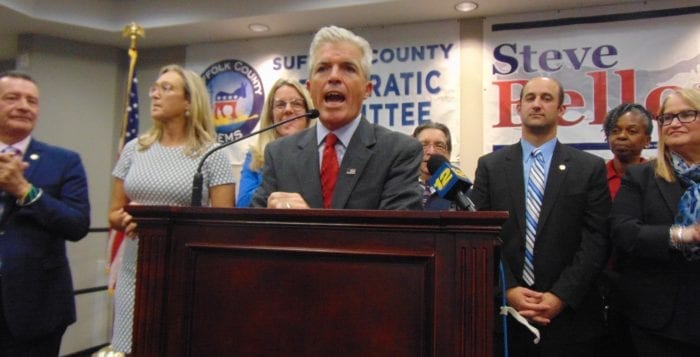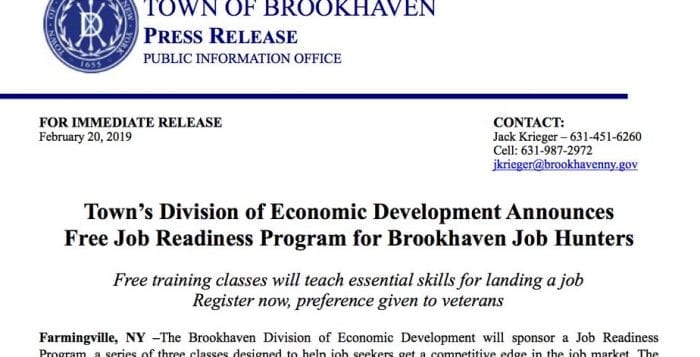People are scared.
You hear it walking down the aisle in the supermarket. You hear it in chatting with co-workers. You hear it with your relatives at the dinner table or over the phone. With the threat of war looming, everybody everywhere wants to know: Will we be safe? What’s going to happen next?
After President Donald Trump (R) ordered the assassination of the Iranian Maj. Gen. Qassim Suleimani last Friday, Jan. 3, the world has been reeling in a vortex of panic and debilitating fear. Iran has said there will be retaliation, and the president has said he will respond to the response.
That rhetoric has escalated, with Iran canceling all hopes of a nuclear deal and Iraq moving to remove all U.S. troops from its country. Meanwhile, Trump has said he would even consider bombing cultural sites in Iran as a response — something the International Criminal Court has called a war crime in the past.
As Iran held a funeral for the slain general, with many thousands of mourners in the streets shouting “death to America,” the Pentagon has asked amphibious forces to be ready to support ground-based operations in that country.
War, huh, what is it good for?
The nation’s armed forces stand ready and, for what seems like only an eye blink from the last war, young men and women may yet again be asked to serve overseas.
One of our reporters encountered a young recent high school graduate at the checkout register in a local grocery store who recently signed up to serve in the military. What was his opinion of the situation? He shrugged his shoulders and said, “I don’t know.” After a pause, he added, “We do what we have to do.”
In June of last year, CBS TV’s “60 Minutes” ran an interview by Lesley Stahl with 99-year-old Ben Ferencz, the last living prosecutor of the Nuremberg trials. He was also at the head of establishing the International Criminal Court at The Hague in the Netherlands.
Ferencz fought in World War II and had seen some of the bloodiest battles of the Western Front, including the Normandy Invasion and the Battle of the Bulge. During the interview with “60 Minutes,” he gave a very specific opinion on war.
“War makes murderers out of otherwise decent people,” he said. “All wars, and all decent people.”
Whatever your opinion, whether Suleimani had to die to protect American lives, or whether the U.S. has committed itself pointlessly to another potential war in the Middle East, the common feeling is anxiety.
We at TBR News Media feel the best way to live in such times is to ultimately stay informed. We ask people not to jump to conclusions. Take the time read the news and watch TV with a critical eye. Avoid posting rumors, propaganda or unverified info to Facebook and other social media sites.
Perhaps something worse than being uninformed is misinformed, or to be purposefully led astray. Rely on facts that are verifiable to its original source. Consider the opinions of people with first-hand accounts, or named reliable sources with expertise. Some people like using fact-checking sites such as Snopes.com. We also suggest reading Glenn Kessler’s fact-checking blog in the Washington Post, both of whom are largely known for being nonpartisan.
Please, to all our readers, stay informed, stay aware and stay safe.














